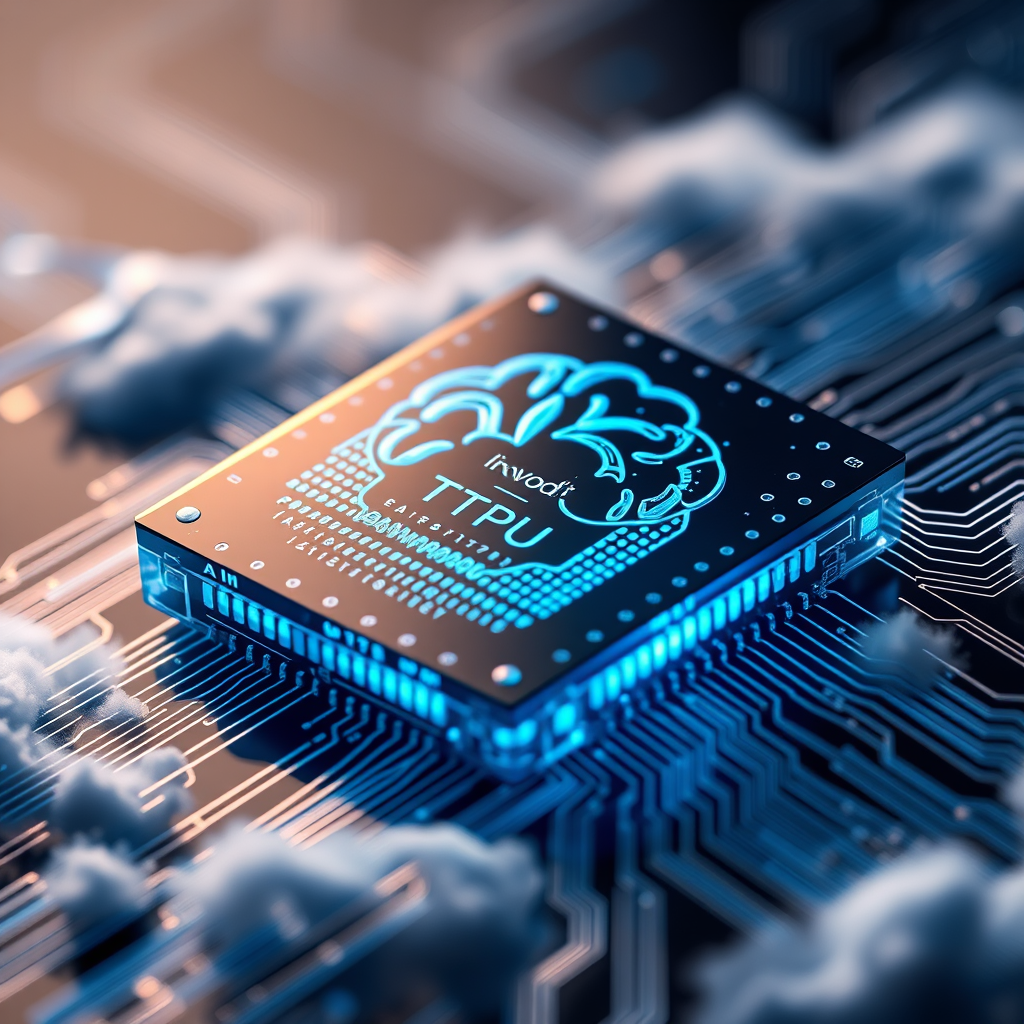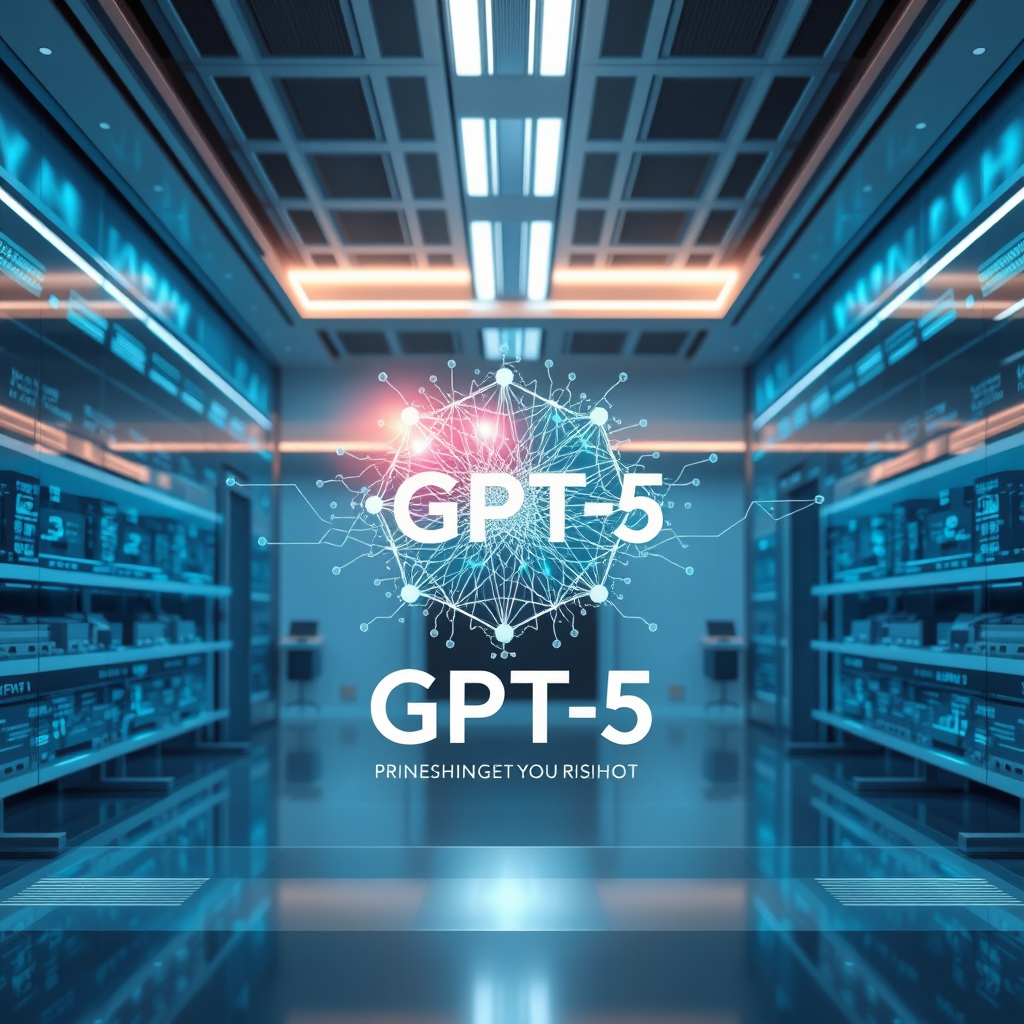
Introduction
Google’s latest announcement of the Ironwood Tensor Processing Unit (TPU) marks a pivotal moment in the ongoing evolution of artificial‑intelligence hardware. While the company has long been a pioneer in cloud‑based AI services, the unveiling of a seventh‑generation, purpose‑built chip signals a strategic shift toward tightly coupled hardware‑software ecosystems that can deliver unprecedented performance for the most demanding AI workloads. The Ironwood TPU is not merely a new iteration of a familiar architecture; it is a comprehensive redesign that addresses the growing need for efficient, scalable, and versatile compute resources across model training, reinforcement learning, inference, and model serving. By focusing on these four pillars, Google aims to provide a single, cohesive platform that can accelerate the entire AI lifecycle, from data ingestion to real‑time deployment.
The significance of this development extends beyond the immediate performance gains. It reflects a broader industry trend in which leading cloud providers are investing heavily in custom silicon to reduce latency, lower energy consumption, and increase throughput for generative AI, large‑language models, and other compute‑intensive tasks. In a market where the cost of training a single large model can run into the millions of dollars, any hardware that can shave hours or even days off training time translates directly into competitive advantage. Moreover, as AI applications move from the data center to edge devices, the need for chips that can deliver high performance in a power‑constrained environment becomes increasingly critical. The Ironwood TPU’s design choices—optimized for both dense matrix operations and sparse workloads—position it to meet these emerging demands.
In this post we will dissect the technical innovations that make Ironwood a game‑changer, explore its real‑world performance implications, and consider how it fits into Google’s broader AI strategy. Whether you are a data scientist, a cloud architect, or simply an enthusiast eager to understand the next generation of AI hardware, this deep dive will illuminate the capabilities and potential of Google’s newest chip.
Main Content
The Evolution of TPUs
Google’s journey with TPUs began in 2016 with the first generation, designed to accelerate neural network inference on the TensorFlow framework. Over the years, each successive generation has introduced incremental improvements in floating‑point precision, memory bandwidth, and energy efficiency. However, the real breakthrough came with the introduction of the second‑generation TPU, which added support for mixed‑precision training and a more flexible architecture that could be leveraged for both inference and training workloads.
By the time the fifth and sixth generations arrived, Google had begun to expose the TPU’s capabilities to a broader ecosystem, integrating it into the Cloud TPU service and allowing customers to spin up clusters for large‑scale training. Yet, even with these advances, the architecture remained largely optimized for dense matrix operations typical of convolutional and transformer models. The seventh‑generation Ironwood, in contrast, represents a paradigm shift: it is engineered from the ground up to handle not only dense workloads but also the increasingly common sparse and irregular computations found in reinforcement learning and graph neural networks.
Design Innovations in Ironwood
The core of Ironwood’s performance lies in its custom matrix‑multiply engine, which now supports 8‑bit integer and 16‑bit floating‑point operations with a single instruction. This dual‑precision capability allows the chip to strike a balance between speed and accuracy, enabling it to run large language models with reduced memory footprints without compromising output quality.
Another key innovation is the introduction of a hierarchical memory architecture. Traditional TPUs rely on a flat memory hierarchy that can become a bottleneck when scaling to multi‑chip configurations. Ironwood’s design incorporates a high‑bandwidth, low‑latency on‑chip cache that can be shared across multiple processing units, dramatically reducing the need for costly off‑chip memory transfers. This architecture is particularly beneficial for reinforcement learning scenarios where agents must process a stream of observations and generate actions in real time.
Energy efficiency has also been a focal point. By leveraging advanced power‑management techniques—such as dynamic voltage and frequency scaling (DVFS) and fine‑grained power gating—Ironwood can reduce its power envelope by up to 30% compared to its predecessor while maintaining peak performance. For data centers, this translates into lower operating costs and a smaller carbon footprint, aligning with Google’s sustainability goals.
Performance Benchmarks and Use Cases
In controlled benchmarks, Ironwood has demonstrated a 2.5× increase in throughput for transformer‑based language models relative to the previous generation. When training a 175‑billion‑parameter model, the new chip can reduce training time from 48 hours to just under 20 hours, assuming a comparable cluster size. For reinforcement learning tasks—such as training agents to play complex strategy games—the chip’s sparse‑compute engine can accelerate policy updates by a factor of 3, enabling more rapid experimentation cycles.
Inference workloads also benefit from Ironwood’s design. Real‑time translation services that require sub‑millisecond latency now achieve lower end‑to‑end response times, making it feasible to deploy high‑quality translation models on edge devices like smartphones and IoT gateways. Additionally, the chip’s support for model serving pipelines means that a single cluster can handle both training and inference workloads simultaneously, simplifying operational overhead.
Integration with Google Cloud and Ecosystem
Ironwood is not a standalone product; it is tightly integrated with Google Cloud’s AI Platform, providing seamless access to pre‑built training pipelines, hyperparameter tuning, and monitoring tools. Users can spin up a cluster of Ironwood TPUs with a few clicks in the Cloud Console, and the platform automatically handles load balancing, fault tolerance, and scaling.
The integration extends to software as well. TensorFlow, PyTorch, and other popular frameworks have been updated to recognize Ironwood’s capabilities, offering automatic mixed‑precision support and optimized kernels. This compatibility ensures that developers can adopt the new hardware without rewriting their codebases, thereby lowering the barrier to entry.
Implications for Generative AI and Beyond
Generative AI models—especially large language models—are at the forefront of AI research and commercial applications. The ability to train and serve these models more efficiently directly impacts the pace of innovation. Ironwood’s performance gains mean that startups and research labs can experiment with larger models on a fraction of the cost, potentially democratizing access to advanced AI.
Beyond generative AI, the chip’s versatility opens doors to other domains such as autonomous driving, where real‑time perception and decision‑making require both high throughput and low latency. In healthcare, Ironwood could accelerate the training of diagnostic models that analyze imaging data, leading to faster deployment of AI‑driven diagnostic tools.
Conclusion
The unveiling of Google’s Ironwood TPU marks a significant milestone in the quest for specialized AI hardware. By addressing the full spectrum of AI workloads—from training and reinforcement learning to inference and serving—Google has created a platform that can accelerate the development and deployment of next‑generation AI applications. The chip’s architectural innovations, energy efficiency, and seamless integration with Google Cloud’s ecosystem position it as a compelling choice for organizations seeking to push the boundaries of what AI can achieve.
As the AI landscape continues to evolve, the importance of purpose‑built hardware will only grow. Ironwood demonstrates that custom silicon can deliver tangible benefits in performance, cost, and sustainability, making it a key component of any forward‑looking AI strategy.
Call to Action
If you’re a data scientist, engineer, or business leader looking to stay ahead of the AI curve, it’s time to explore how Ironwood can transform your workflows. Sign up for a free trial of Google Cloud’s AI Platform, experiment with Ironwood TPUs, and discover the performance gains firsthand. Join the conversation on our community forums, share your experiences, and help shape the future of AI hardware. Together, we can unlock the full potential of generative AI and beyond.


